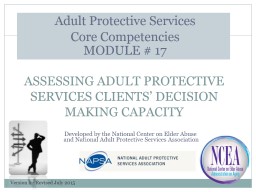PPT-Biopsychosocial Model Primary Care Block
Author : WickedlyCool | Published Date : 2022-08-04
Rachel Wong Case Scenario CC 39F here to follow up of abnormal labs and rash Medical Hx DMI gastroparesis HTN hyperlipidemia depression anxiety PTSD seizure
Presentation Embed Code
Download Presentation
Download Presentation The PPT/PDF document "Biopsychosocial Model Primary Care Bloc..." is the property of its rightful owner. Permission is granted to download and print the materials on this website for personal, non-commercial use only, and to display it on your personal computer provided you do not modify the materials and that you retain all copyright notices contained in the materials. By downloading content from our website, you accept the terms of this agreement.
Biopsychosocial Model Primary Care Block: Transcript
Download Rules Of Document
"Biopsychosocial Model Primary Care Block"The content belongs to its owner. You may download and print it for personal use, without modification, and keep all copyright notices. By downloading, you agree to these terms.
Related Documents

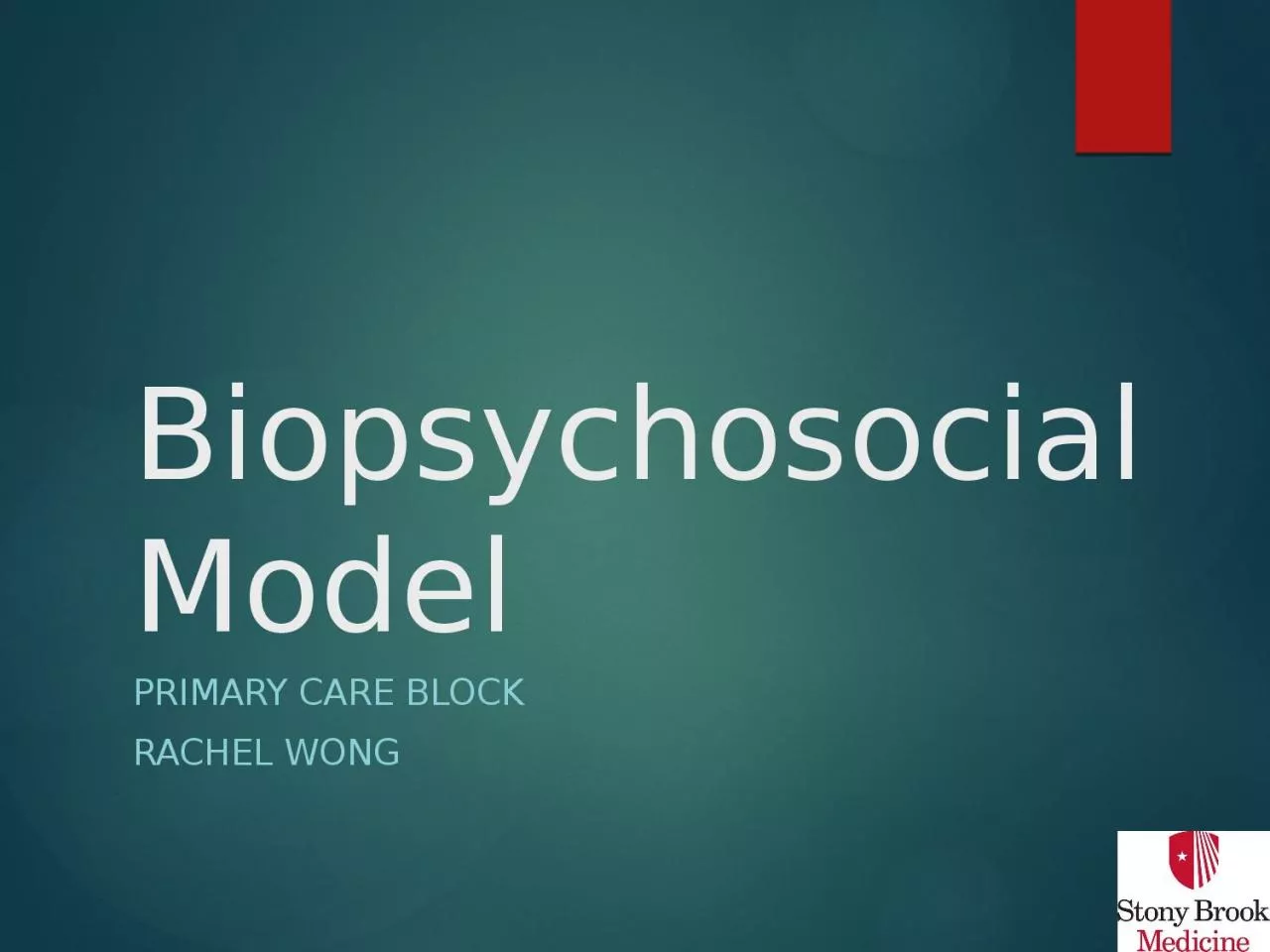
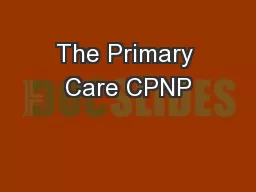
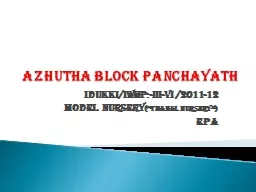
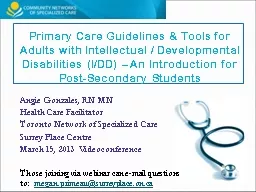
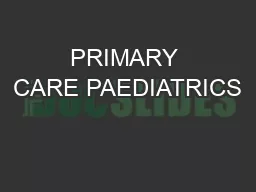

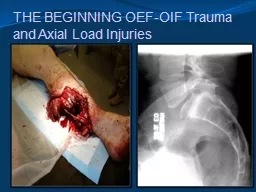
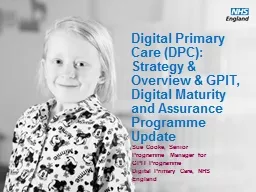
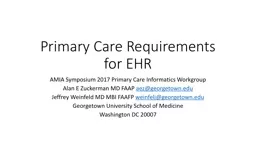

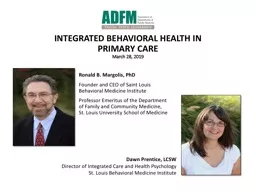
![[EBOOK]-Health Care Policy and Practice: A Biopsychosocial Perspective](https://thumbs.docslides.com/956175/ebook-health-care-policy-and-practice-a-biopsychosocial-perspective.jpg)
